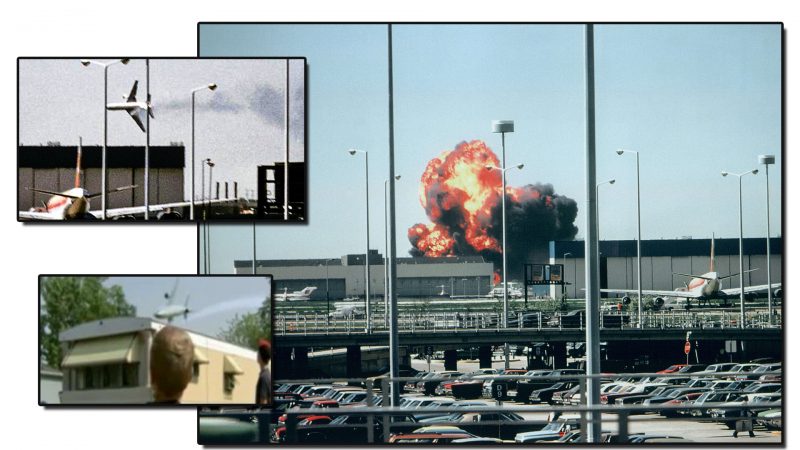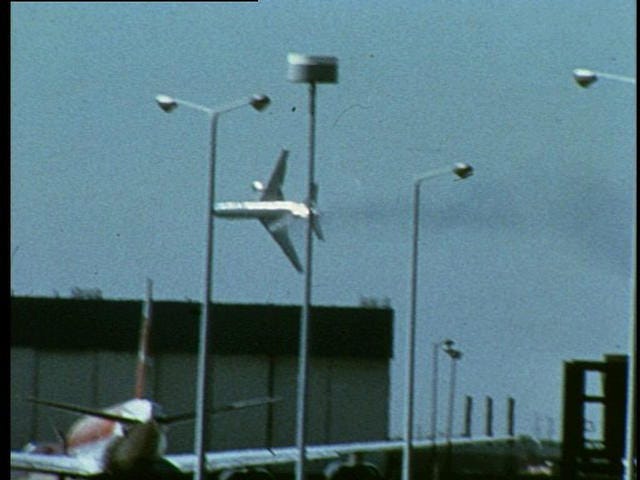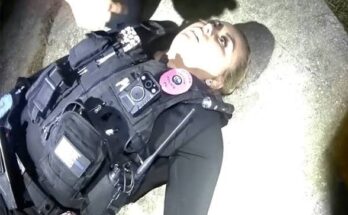
While many people traveled to see friends and family and enjoy cookouts and a day off from work, many others are remembering the tragic American Airlines Flight 191 crash 45 years ago. The crash killed 273 people and resulted in numerous findings and recommendations and changed techniques for changing engines.
On May 35, 1979 American Airline Flight 191 in a McDonnell Douglas DC-10-10 (N110AA) crashed just 31 seconds after taking off from the Chicago O’Hare Airport (ORD) in Chicago after the left engine and strut assembly separated from the wing, severing the hydraulic lines. The flight crew thought they were experiencing engine failure and followed procedures consistent with that type of event, but stalled and entered into an uncontrollable left roll and loss of control of the airplane, crashing inverted in a trailer park by the airport, killing all 271 passengers and crew and two people on the ground.

What happened
The flight took off on a clear day at the start of Memorial Day weekend. During rotation, the left engine and strut assembly and about three feet of wing leading edge separated from the wing as a single unit, going over the top of the wing and landing on the runway. The plane continued takeoff and the pilots assumed they experienced an engine failure, not realizing that the left engine and pylon assembly separated and fallen off the plane.
When the pylon separated, it severed hydraulic lines, which caused a loss of associate hydraulic pressure and the retraction of all slats outboard of the left engine. The separation of the left engine also led to a loss of electrical power from the engine’s electrical generator. This led to the loss of numerous aircraft systems and instruments, including the captain’s flight instruments, the left stall warning computer, the stickshaker motor, number 1 engine instruments, the slat disagree warning system and parts of the flight control indicating system.

The plane climbed to about 300 feet with the wings level and began a turn and roll left, with the bank angle increasing to 90 degrees. During the roll, the nose pitched down and the plane began to descend. The DC-10 continued its roll to 112 degrees of roll at impact, crashing into a trailer park nearby. All passengers and crew were killed as well as two people on the ground. Two others on the ground also received serious injuries.
Flight path
The components separated from the plane about one second before liftoff. The plane accelerated through the engine-out climb speed, V2, which is normally achieved at about 35 feet above the ground, while still on the ground. The aircraft lifted off at V2 + 6 knots. The plane lifted off slightly with the left wing down and was corrected to wings-level flight with the proper flight control inputs. The DC-10 continued climbing and about nine seconds after takeoff it had accelerated to 172 knots and reached 140 feet of altitude.
The climb continued and the plane decelerated to about one knot per second and at 20 seconds after liftoff and an altitude of 325 feet, the airspeed had reduced to 159 knots. The plane then began to roll to the left and was countered by rudder and aileron inputs. The plane continued in the roll until impact just 31 seconds after taking off while in a 112-degree left roll and 21-degree nose-down pitch attitude.
The findings
The NTSB concluded that the crew had flown the plane in accordance with American Airline’s engine failure procedures. The American Airlines flight procedures required that the crew accelerate to V2 after an engine failure, but this specific scenario was not addressed. After the crash, American Airlines modified procedures to either maintain the speed at the time of the engine failure if between V2 and V2 + 10 and to maintain not less than V2 + 10 if the failure occurred after reaching V2 + 10. The revision also instructed the crews to disregard the flight path pitch command and maintain at least V2 + 10.

The investigation found that the engine/pylon assembly separated from the plane and cut four hydraulic lines nearby, resulting in a loss of hydraulic pressure to the slat actuators outboard of the engine location. The loss of pressure allowed multiple left wing leading edge slats to retract and the hydraulic actuators did not include an alternate locking system to prevent the inadvertent slat retraction due to pressure loss. When the components fell off of the plane and severed the lines, the hydraulic fluid was pumped through the broken lines and drained the system, depleting the hydraulic locking pressure. The slat retraction led to a higher stall speed.
Maintenance procedures and criticism of FAA
A previous Service Bulletin did not provide instructions to remove the engine and pylon as a unit and the removal of these components as a unit was not an approved Maintenance Manual procedure. If damaged parts were found during an inspection, the engine and pylon were removed separately. American Airlines developed a procedure to remove, support and replace the engine/pylons with a forklift. The forklift with an attached engine stand would support the engine while the forward and rear pylon/wing attachments were removed. The technique was developed without input from McDonnell Douglas and the NTSB concluded that appropriate consideration had not been given to the potential for inducing damage.


